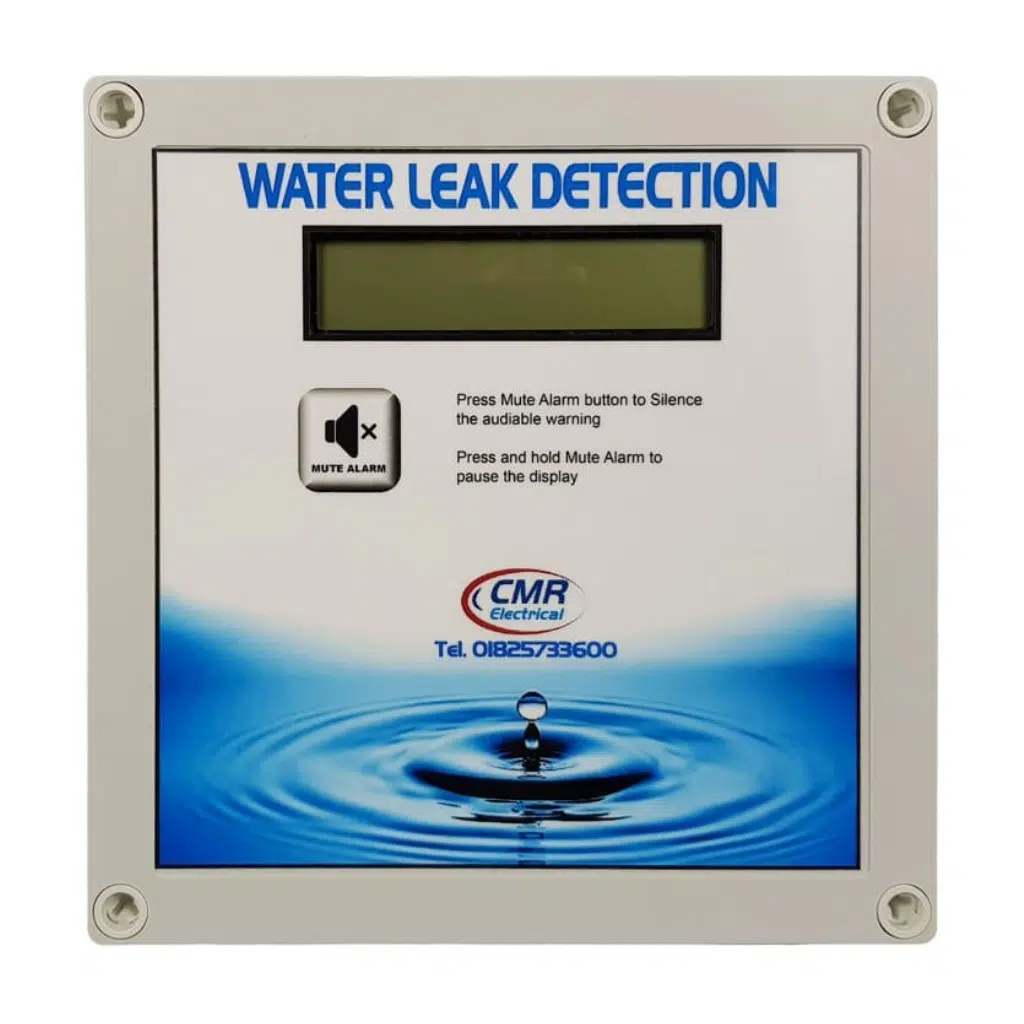Innovative Solutions for Early Detection of Water Leaks in Structures and Framework
From cutting-edge leakage discovery innovations to the deployment of IoT sensors for real-time monitoring, the landscape of leakage prevention is developing quickly. Automated water circulation analysis systems are reshaping how leakages are determined and resolved, leading the means for a proactive approach to water leakage detection.
Advanced Leak Discovery Technologies
Advanced leak detection innovations, geared up with sophisticated sensors and algorithms, play a vital duty in swiftly identifying and determining water leakages in various setups. Electromagnetic sensors can determine adjustments in electro-magnetic areas caused by water, supplying yet an additional layer of leakage discovery ability.

IoT Sensors for Real-Time Surveillance
In the world of modern water leakage detection, the combination of IoT sensing units for real-time monitoring stands for a pivotal improvement in improving aggressive leakage detection abilities. These sensing units provide continuous tracking of water supply, giving real-time data on water flow rates, pressure variations, and temperature modifications. By leveraging IoT modern technology, these sensors can find also the smallest anomalies in water use patterns, enabling early identification of prospective leakages prior to they intensify right into major issues.
IoT sensing units send data to a centralized system, where advanced formulas evaluate the information and generate notifies or notices when abnormalities are identified. This real-time surveillance capacity allows building proprietors or facility supervisors to promptly resolve leakages, reducing water damage, decreasing repair costs, and saving water sources.
In addition, IoT sensors can be integrated with structure management systems, allowing for automatic responses to detected leaks, such as turning off water valves or activating pumps to reduce the influence of leakages. On the whole, the execution of IoT sensing units for real-time monitoring dramatically boosts the anonymous efficiency and efficiency of water leak detection in buildings and infrastructure.
Artificial Intelligence Algorithms for Leak Forecast

One secret advantage of utilizing artificial intelligence for leakage forecast is its ability to continuously discover and boost its accuracy over time. As more data is accumulated and fed into the formula, it can improve its predictions and adjust to altering conditions, ultimately boosting the reliability of leakage detection systems.
Furthermore, artificial intelligence algorithms can help in determining refined indicators of leakages that might go unnoticed by traditional surveillance approaches. water leak detection. By evaluating complex information embed in real-time, these algorithms can give early cautions and notifies, permitting timely treatment and precautionary maintenance to minimize prospective water damages and connected expenses
Using Thermal Imaging for Leak Detection
Thermal imaging modern technology offers an appealing strategy for discovering water leaks in different systems and facilities. By utilizing infrared radiation and temperature variances, thermal imaging cams can determine covert leakages that are not easily blog visible to the naked eye. When water escapes from pipes or structures, it usually alters the temperature of the bordering area, creating temperature level differentials that thermal cams can record. These temperature abnormalities are after that equated right into visible pictures, highlighting the precise area of the leak.
One of the crucial benefits of thermal imaging for leak discovery is its non-intrusive nature. On the whole, the use of thermal imaging innovation enhances the performance and accuracy of water leakage discovery, making it a beneficial tool for preserving the integrity of buildings and facilities.
Automated Water Circulation Evaluation Systems
How can automatic water circulation analysis systems revolutionize the discovery and management of leakages in various systems and facilities? Automated water flow evaluation systems provide a Home Page positive approach to leakage discovery by constantly keeping track of water circulation prices and patterns. By establishing standard data, these systems can swiftly recognize discrepancies that might indicate a leakage, enabling prompt intervention to stop considerable damages.
These systems use advanced algorithms to examine real-time information and provide prompt signals when anomalies are identified, enabling swift activity to be taken. Additionally, automated water flow analysis systems can be incorporated with structure administration systems or IoT platforms, enhancing total effectiveness and allowing remote tracking capabilities.
Moreover, the information collected by these systems can be utilized for anticipating maintenance purposes, assisting to determine potential powerlessness in the infrastructure prior to leaks occur. In general, the application of automatic water circulation analysis systems can substantially improve leakage discovery and management techniques, eventually resulting in cost financial savings, reduced water wastefulness, and increased sustainability in structures and framework.

Verdict
To conclude, the combination of innovative leakage detection modern technologies, IoT sensing units, maker understanding formulas, thermal imaging, and automatic water circulation evaluation systems uses innovative solutions for very early detection of water leakages in structures and framework. These technologies allow real-time tracking, prediction of leaks, and efficient discovery methods to stop water damages and waste. Carrying out these options can help in keeping the integrity and sustainability of water supply in numerous settings.